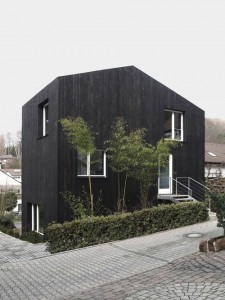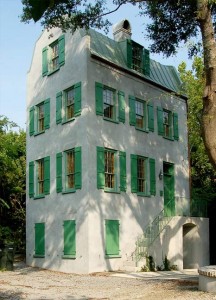

You can divide residential architects into two categories: those who design for their clients, and those who design for their colleagues. When the work of Category I is published, it is in mass market magazines such as Architectural Digest and Elle Decor; the work of Category II appears in professional journals and architectural monographs. These are read by architecture students, which may be why Category IIers tend to be invited to teach. Another reason is that Category II is interested in originality and innovation, which attracts tyros. In truth, the innovation is rather narrow: note the current popularity of black-stained wood, skinny columns, and prefabrication. Category I architects are more concerned with what has worked in the past, which makes their work more traditional, although the range encompasses regionalism, vernacular styles, and eclecticism.
The situation in institutional and commercial building is different. It would be almost impossible for a Category I architect to win an international competition for a library, museum, or concert hall today. In commercial buildings, Category II architects likewise dominate since the media and marketing privilege the new-new thing. A Category I architect must count on the (rare) cases of exceptional patrons (college presidents, corporate CEOs) who are prepared to buck fashion and take the longer view.

I have been in the green house in Charleston. it was designed by Andrew Gould and George Holt of neworldbyzantine.com George is a great friend of mine. They both do brilliant work.
Well, are you saying that in every built category-II house, the client was victimized by a manipulative designer who rammed an unwanted house down their throat? And the harmonious, mutual designer-client relationship is solely in the territory of traditional aesthetics?